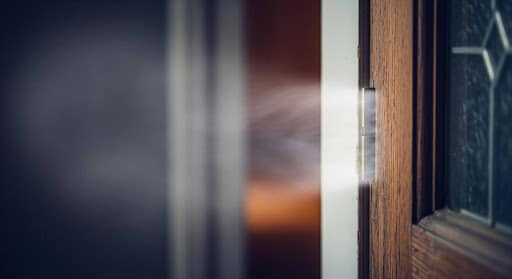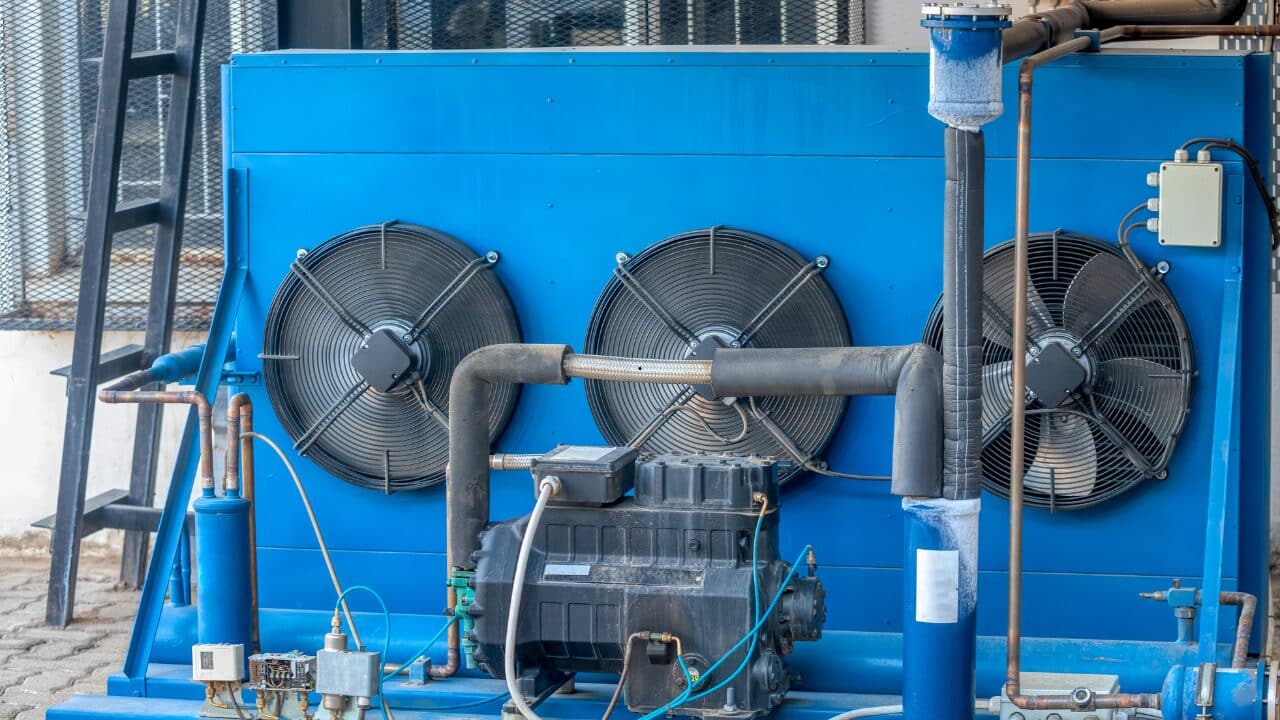Many homeowners have been persuaded to believe that covering air vents reduces energy and improves comfort levels. Closing air vents do not save energy and cause more harm than good, making this belief false.
The air distribution to spaces inside the home that require better ventilation could be aided by closing up a few HVAC ducts. Depending on the airflow in your home, you may be thinking about doing so.
A higher amount of warm air is forced out through leaks into unconditioned areas of the house when supply vents are closed because they raise the air pressure inside the ducts. The furnace performs longer cycles to make up for lost heating, raising the cost of heating.
Table of Contents
Do you Really Need To Close Off HVAC Ducts?
Even though you should never completely cover air vents, you can increase energy savings by partially closing one or two of the outlets in your house that are the furthest from your furnace. Vents can be partially closed while allowing sufficient airflow through the HVAC system to avoid overheating and increased pressure in the ductwork.
A common misconception is that blocking air vents in a house might raise energy expenses and usage. The size of your home determines how well your HVAC system will heat it, and it is oblivious that you have closed vents.
Your heating system must work harder to heat the area it was intended to, using more energy. Closing air vents can avoid this. Low airflow can accumulate close to the vents, increasing pressure on the heat exchanger.
This may cause the home’s carbon monoxide emissions to rise if left unchecked. Ensure you’re not completely closing an HVAC duct if you wish to cover it for a prolonged period.
What Are The Main Drawbacks Of Closing HVAC Ducts?
HVAC Lines Bursting
As previously said, closing HVAC ducts and vents for an extended period is not recommended. A duct burst can result from closed ductwork and the associated air vents. Remember that even a tiny duct leak might reduce a home’s ability to circulate air effectively.
By preventing correct air egress, closing the vents increases the risk of HVAC lines breaking.
Short Life Span Of HVAC System
The associated cooling and heating systems may need to work harder than usual to disperse air around the house if the ducts and vents are closed. Thus, sooner rather than later, you’ll cause the HVAC system to sustain additional wear and tear.
As a result, your home’s HVAC system loses efficiency and has a shorter lifespan.
High Chances For Mold Growth
Excess condensation may develop in closed ducts and vents linked to central air conditioning systems. Mold and mildew can grow on the ductwork if too much moisture is present. You’ll know this issue if an unpleasant odor emanates from the vents.
Carbon Monoxide Build-Ups
The closed ductwork in your home can be to blame if you and your family encounter symptoms like dizziness. If air pressure from the closed ducts increases, carbon monoxide may accumulate in the building.
Remember that this gas is colorless, odorless, and tasteless, making it virtually invisible yet potentially lethal to both people and animals.
Should You Cover Your HVAC Duct?
Permanently closing an HVAC duct is generally not recommended. The chance of plumbing pipes freezing could rise, among other issues. A decrease in airflow can also cause a buildup of pressure around the vents, which puts more strain on the heat exchanger.
This may cause the home’s carbon monoxide emissions to rise if left unchecked. Ensure you’re not completely closing an HVAC duct if you wish to cover it for a prolonged period. It does not improve the airflow in other house areas to close vents in one location.
As a result, the other rooms in your house do not get additional heating or cooling, and conditioned air is lost through duct leaks. A warm house’s warm rooms operate as a heat sink. Leaving one or more rooms unheated in a warm house might cause heat to be transferred from the heated sections to the cold rooms through uninsulated inner walls.
To compensate for the heat loss, the furnace turns on and off more frequently, resulting in higher energy bills and less comfortable indoor conditions.
Conclusion
To close the vents attached to HVAC ducts, homeowners can utilize built-in elements like knobs or levers. By inserting plywood into the vent apertures, tighter sealing can be achieved. But be cautious to only temporarily seal the ducts and vents to avoid more significant harm.
The ideal approach is to plan the installation of a thermostat and consider a zoned heating and cooling system to control airflow and increase energy efficiency. Incorporating zoning into central HVAC systems may be possible.
Dampers are employed inside the ducts without significantly impacting the HVAC system to limit airflow in specific places.





